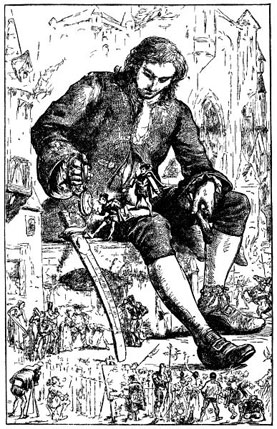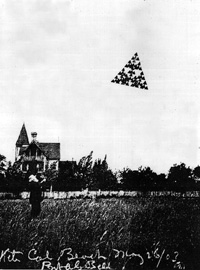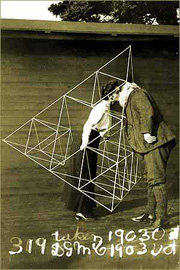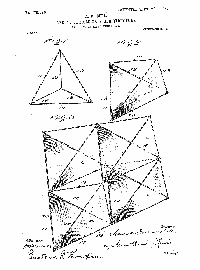|
The following section was extracted from the novel “Gulliver's Travels”
written by Jonathan Swift (1667-1745):
|
“The reader may please to observe, that, in the last article of the recovery of my liberty, the emperor stipulates to allow me a quantity of meat and drink sufficient for the support of 1728 Lilliputians. Some time after, asking a friend at court how they came to fix on that determinate number, he told me that his majesty’s mathematicians, having taken the height of my body by the help of a quadrant, and finding it to exceed theirs in the proportion of twelve to one, they concluded from the similarity of their bodies, that mine must contain at least 1728 of theirs, and consequently would require as much food as was necessary to support that number of Lilliputians. By which the reader may conceive an idea of the ingenuity of that people, as well as the prudent and exact economy of so great a prince.”
http://www.gutenberg.org/files/17157/17157-h/17157-h.htm, 2018.
|
The calculation of the volume made by the Lilliputian mathematicians is correct: if Gulliver is 12 times taller than a Lilliputian, so his volume is 123 = 1728 times greater (assuming that Gulliver and the Lilliputians are similar).
However, if the metabolism of Lilliputians is equal to Gulliver's metabolism, it is not correct to state that, for having a volume 1728 times greater, Gulliver has to receive 1728 times more food than a Lilliputian would receive.
The energy supplied by food is mostly transformed into heat and the rate of heat loss is proportional to the surface area of the body and not to its volume.
Note that the surface area of the body of a Lilliputian is 144 times smaller than the surface area of Gulliver's body, whereas the heat generated by his body is 1728 times smaller. So either the body temperature of a Lilliputian is much smaller (he would not have warm blood) or he would have to eat more (in comparison to its size) to generate more energy (like a mouse that is constantly nibbling).


Illustrations from the novel “Gulliver's Travels” by Jonathan Swift no Project Gutenberg.
|



















